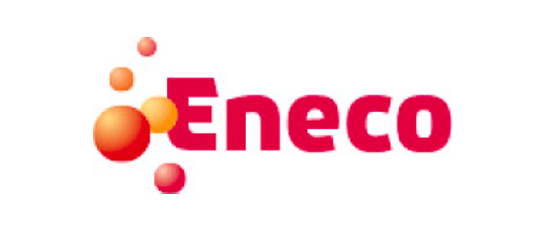Software Quality is critical to exit value
Software drives business value more and more every day and its quality does impact businesses.
Let’s Talk20-40%

of the technology estate contains technical debt
is critical to exit value

Assure a high exit
Like financial debt, there is also technical debt. All past technology choices can either accelerate development, innovation and growth or slow everything down.
Normally financial debt has its direct impact on a company’s exit value. With technical debt however, the impact is less visible.
According to McKinsey, CTOs estimate that technical debt amounts to 20-40% of the value of their entire technology estate before depreciation. When you don’t have it under control this prevents you from creating new customer value and therefore has a direct negative impact on your business value. Like McKinsey’s research stated, better scoring on technical debt correlates with higher revenue growth. (source)
Technical debt is like dark matter: you know it exists, you can infer its impact but you can’t see or measure it. This results in product delays, hidden risks, spiralling costs and even engineers leaving your company in frustration. Leaving technical debt as a big surprise could have a negative impact on your future exit value or may hinder certain actions like adding new acquisitions to an existing one.
Focusing on an optimal exit, technical debt should be on the agenda, but is often neglected.
According to McKinsey, CTOs estimate that technical debt amounts to 20-40% of the value of their entire technology estate before depreciation. When you don’t have it under control this prevents you from creating new customer value and therefore has a direct negative impact on your business value. Like McKinsey’s research stated, better scoring on technical debt correlates with higher revenue growth. (source)
Technical debt is like dark matter: you know it exists, you can infer its impact but you can’t see or measure it. This results in product delays, hidden risks, spiralling costs and even engineers leaving your company in frustration. Leaving technical debt as a big surprise could have a negative impact on your future exit value or may hinder certain actions like adding new acquisitions to an existing one.
Focusing on an optimal exit, technical debt should be on the agenda, but is often neglected.

Based on all the knowledge we’ve gained over the past 25 years, we’ve created a 3-step ROI approach to maximize the business value of your software and manage technical debt.
VALUE IMPACT: Saving 12% instead of paying 20% more
SIG helps to prioritize actions to be taken to maximize the efficiency of your software and its impact on your business value. Based on our data of 2,500 analyzed systems, we compare three scenarios (5 year time horizon) in terms of cost implication:

Maintain as-is with no significant quality improvements

Renovate all systems

Renovate high-RoI systems only
Our Clients.
Who we help















